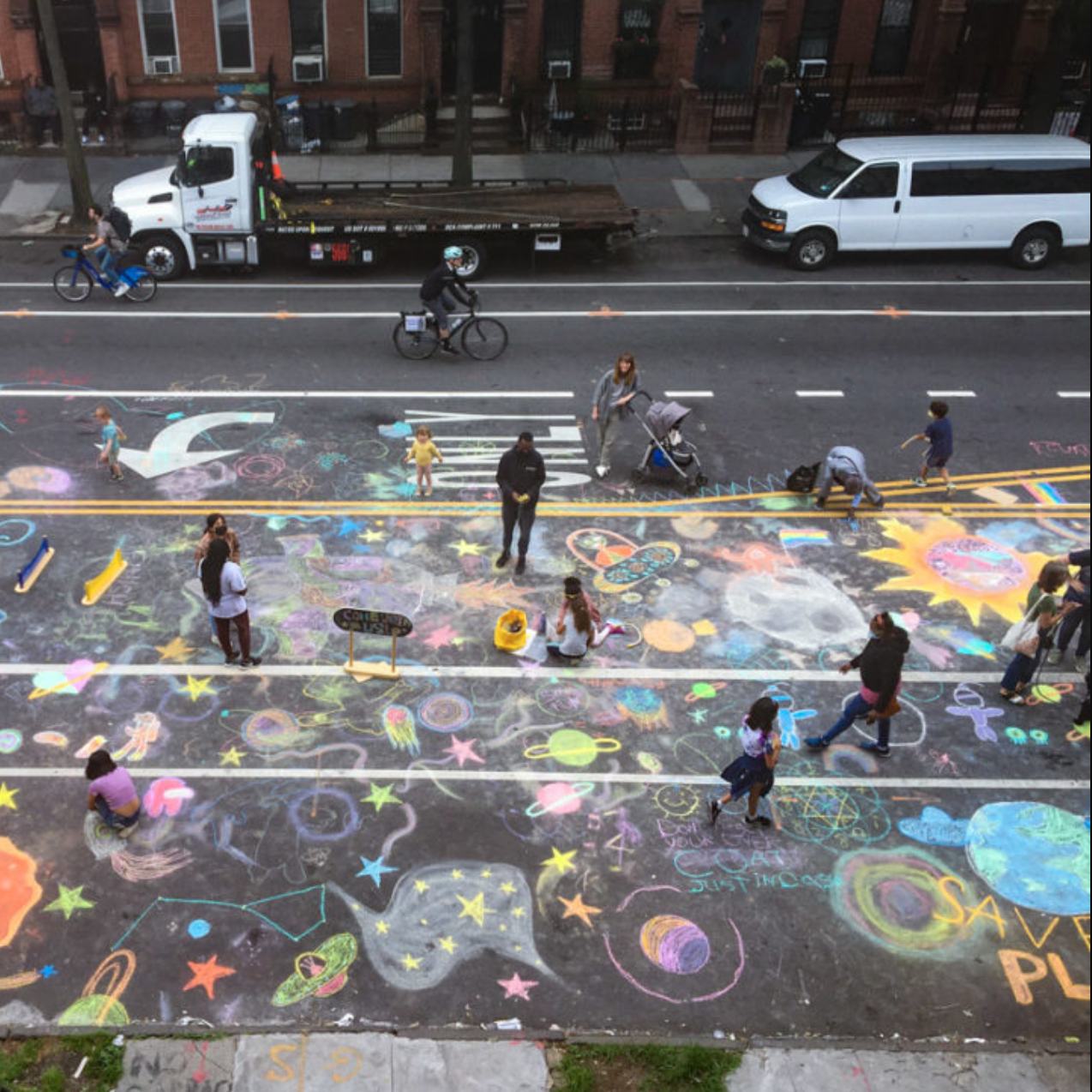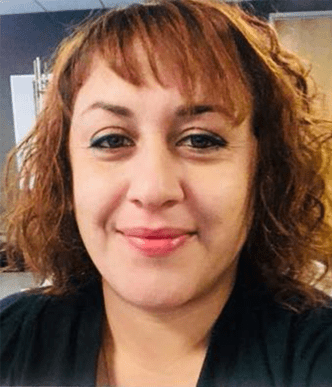The pandemic created changes in city life that are unlikely to go anywhere even after Covid-19 is under control. Cities have already redesigned their streets to accommodate the massive spike in bicycle traffic, there have been severe cuts to public transit services, and Slow Streets and Open Restaurants have demonstrated benefits that suggest they should be a permanent fixture of city life.
All of these changes can have repercussions in our cities and streets that aren’t evident on the surface, and fallout often hits hardest on those historically marginalized and those most vulnerable. It is essential, now more than ever, that any urban equation factor in the reality that our urban environments have historically been unequal places. Our choices and policies now can either exacerbate those inequities, or mitigate them. We can take the upheavals COVID-19 brought and seriously rethink the way our streets work. If we are thoughtful about creating new policies, we can make cities more sustainable, equitable and efficient than before.
One of the many changes we are seeing is a major surge in congestion on city streets and at curbs. More actors than ever before are jostling for limited space: taxi-competitors (Uber/Lyft), on-demand services (Postmates, Ubereats), home delivery services (Amazon, UPS), and new mobility services (electric scooters like Spin or Bird).
This expansion of demand on the curb has created rising congestion and safety risks for many cities, businesses, and residents. On the other hand, it has also presented an opportunity to change the status quo. Through tools such as policy and prioritization, fees and fines, partnerships and pilot programs, cities can use their existing authority over curbs to shift driver behavior, more effectively allocate curb space to match the needs of the community, and improve safety, environmental sustainability, and revenue generation. This is an example of how using policy alongside technology can intelligently and democratically mitigate the negative impacts of these changes and improve life for all city-dwellers, especially those already facing financial hardship or discrimination.
Policy can also reduce inequities in cities. Last year, California passed the Families over Fees act, permanently abolishing the assessment and collection of 23 different administrative criminal justice fees. This removed an estimated $16 billion of debt from low-income communities of color. The bill emulated a local policy that the city of San Francisco previously enacted to eliminate locally-controlled criminal justice fees, a measure which eliminated $32 million in debt from 21,000 of the most vulnerable San Franciscans. Given that 80% of people in the criminal justice system are already indigent, heaping additional financial penalties on them is neither fair nor efficient. In San Francisco, for instance, only 13% of civil assessments – fees for people who either cannot pay a fine or miss a traffic court date – are ever collected.
A new Senate bill (586) would eliminate these civil assessments statewide in California. Since enforcement of everything from traffic stops to jaywalking laws is often disproportionately placed on lower income and BIPOC communities, removing these penalties will help many people already facing economic challenges. Antiquated enforcement policies and fines disproportionately affect people of color and people who have less economic means.
Some may have concerns that the aforementioned policy changes could affect city revenues. But local governments need not abandon the goal of collecting revenue – they simply need to do so more strategically.
Here’s where technology can come in. Companies like Amazon and UPS can create partnerships with cities to pay for parking spots and curb-access while their drivers make deliveries. Technology can provide real time data to cities, allowing them to charge companies for the actual use they make of shared public space, rather than simply assuming the externality of double-parking is a necessary danger.
Additionally, more efficient parking enforcement can improve traffic flow and reduce transit time, which will also be a boon to lower-income communities which rely more heavily on public transit and frequently have higher greenhouse gas emissions in their neighborhoods and worse air quality than other city dwellers.
Sophisticated analysis of patterns of street use can both boost revenue and distribute financial burdens more equitably. As they are empowered with information, citizens become more involved in shaping the way their neighborhoods and cities function. Engaging with communities to identify values and goals, such as “reducing congestion” or “improving safety for bicyclists” is an important input for creating more equitable outcomes.
And while no technology or tool will replace the need for inclusive education, engagement, and planning, having new, innovative tools for implementing those priorities can help bring projects to life and reach community goals, taking them from theory into practice. If it becomes clear that a majority of people in a given town would like to decrease congestion in a school-zone, decrease the number of crashes in a residential neighborhood, or make biking through a busy downtown district safer, these goals can be evaluated against real-time data and harnessed to targeted policies likely to produce the desired changes. Specifics will vary by case: speed limits may need to be lowered, parking policies tweaked, loading zones re-designated, or bike paths and other infrastructure improved. But the impacts of all of these interventions can be most effectively evaluated with a high-quality stream of real-time, anonymized data.
While the needs and goals of communities inevitably will differ, there are two fundamental zeros all American cities, from the smallest to the largest, should strive to reach as soon as possible.
The first is zero deaths from traffic collisions on American streets, which, notably, occur disproportionately in lower income areas. The current figure of 38,680 could be decreased through a range of evidenced-based interventions, such as those championed by the Vision Zero Network. Achieving this will require mutually reinforcing policies and incentives, all of which must be examined through an equity lens, and led by the best-possible data and comparative study of policies across the country and world. For instance, one study found that greater prevalence and protection of bike lanes makes cities not only safer for cyclists, but for motorists and pedestrians as well. Where and how such infrastructure is implemented, however, should be considered in relation to the impacts on equity in the community.
The second zero is zero carbon emissions. While the transportation sector is not the only contributor to carbon emissions, it's the largest one. Here, too, significant progress is possible given a willingness to experiment with a mixture of policies that reduce single occupancy vehicle dependency and congestion, and promote multimodal options such as ridesharing, electric vehicles, public transportation, bicycling, and walking.
By addressing road safety, parking, emissions, and how we allocate and charge for curb usage, cities can make strides to address inequities present today. In all of these cases, a fundamental conceptual shift is necessary.
Most crashes are not inescapable bits of bad luck so much as preventable results of bad design and predictable human error that can be mitigated or prevented. Similarly, the pollution and congestion that defines so many urban curbs and streets is not an inevitable misfortune that somehow comes with progress. It's a transitional point along the journey to safer and more just cities. How quickly we make the trip is up to us.
Sahar Shirazi is principal and co-lead of Mobility Management, Access, and Policy at NelsonNygaard. She is also a planning commissioner for the City of Oakland, an adjunct professor at Mills College, and an advisor to Automotus.







